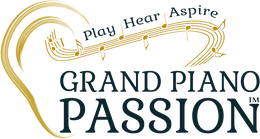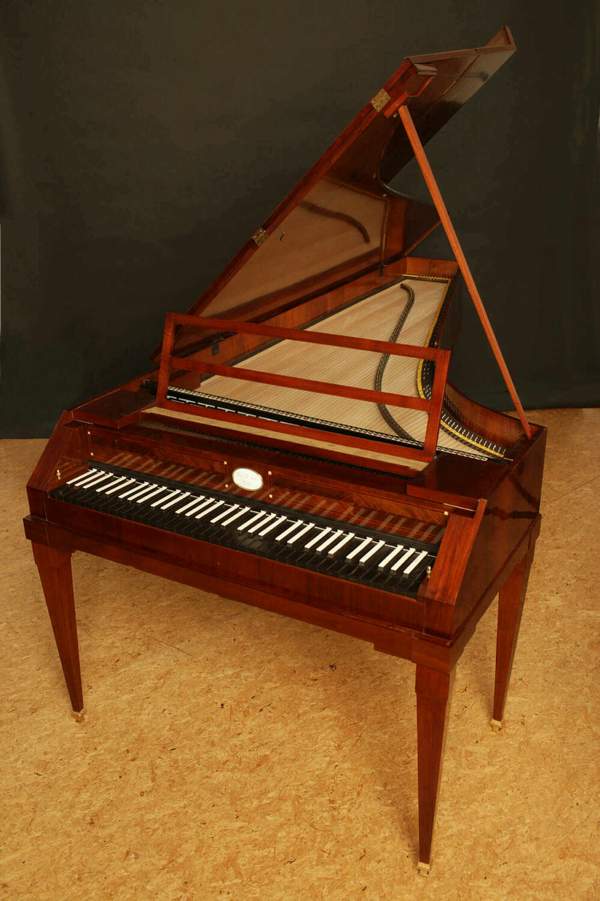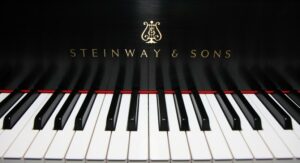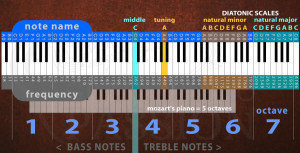The intelligent listener—not to mention the intelligent student of adult piano lessons—”must hear the melodies, the rhythms, the harmonies, the tone colors in a more conscious fashion. But above all, [s]he must, in order to follow the line of the composer’s thought, know something of the principles of musical form,” advises Aaron Copland in What to Listen for in Music.
The Brooklyn-born Copland, perhaps America’s most beloved 20th-century classical composer, gives us an engaging introductory text on the elements of music. I admired the prose, dashing and confident, with just a hint of a conversational tone. Yet make no mistake: What to Listen for in Music is closer to a textbook than to a thriller or novel. Copland’s book is slow going at times, and I read it with my favorite purple pen in hand, underlining key passages to maintain concentration.
The book opens with a discussion of the four elements of music: Rhythm, Harmony, Melody, and Tone Color. Copland keeps these chapters stimulating by taking each of the four elements to a point often not found in introductory books. In the Rhythm chapter, for example, he explains that Stravinsky was the first composer to write changing meters with every bar. (If you’re studying classical piano music, the meter is usually fixed at the top of the staff.) For example, the meters for each measure could look like this: ONE-two, ONE-two-three-four, ONE-two-three, ONE-two, etc.
The core of the book are five chapters on Fundamental Forms of classical music, from Scherzo to Fugue to Sonata. These 70 pages took me longer to read than the rest of the book combined. These chapters are now marked up with my purple pen and will serve as a useful reference point, I imagine, for the next decade of my adult piano lessons.
Fugues have long intrigued me—the Preludes and Fugues in Bach’s Well-Tempered Clavier is on my to-do list—but until reading Copland’s book, I had only a superficial understanding of a fugue’s construction. Fugues are polyphonic, most of them written in three to four voices. The voices “need not be of equal importance,” writes Copland, “but they must be heard independently.”
Copland reviews a number of contrapuntal devices that give fugues their texture. The simplest is imitation, in which “playing a kind of ‘follow-the leader’ musical game, one voice imitates what another voice does.” A much more complicated device is cancrizans, or crab motion, in which the melody is played backwards. Instead of D-F-G-C, for example, the listener hears C-G-F-D. “More than any other formal mode,” Copland advises, “fugal forms demand repeated hearings.”
The book ends on a lighter note, with chapters on opera, contemporary, and film music. I felt a tremendous sense of accomplishment as I finished the epilogue. Says Copland in the last sentence of his book: “To listen intently, to listen consciously, to listen with one’s whole intelligence is the least we can do.”





0 Comments